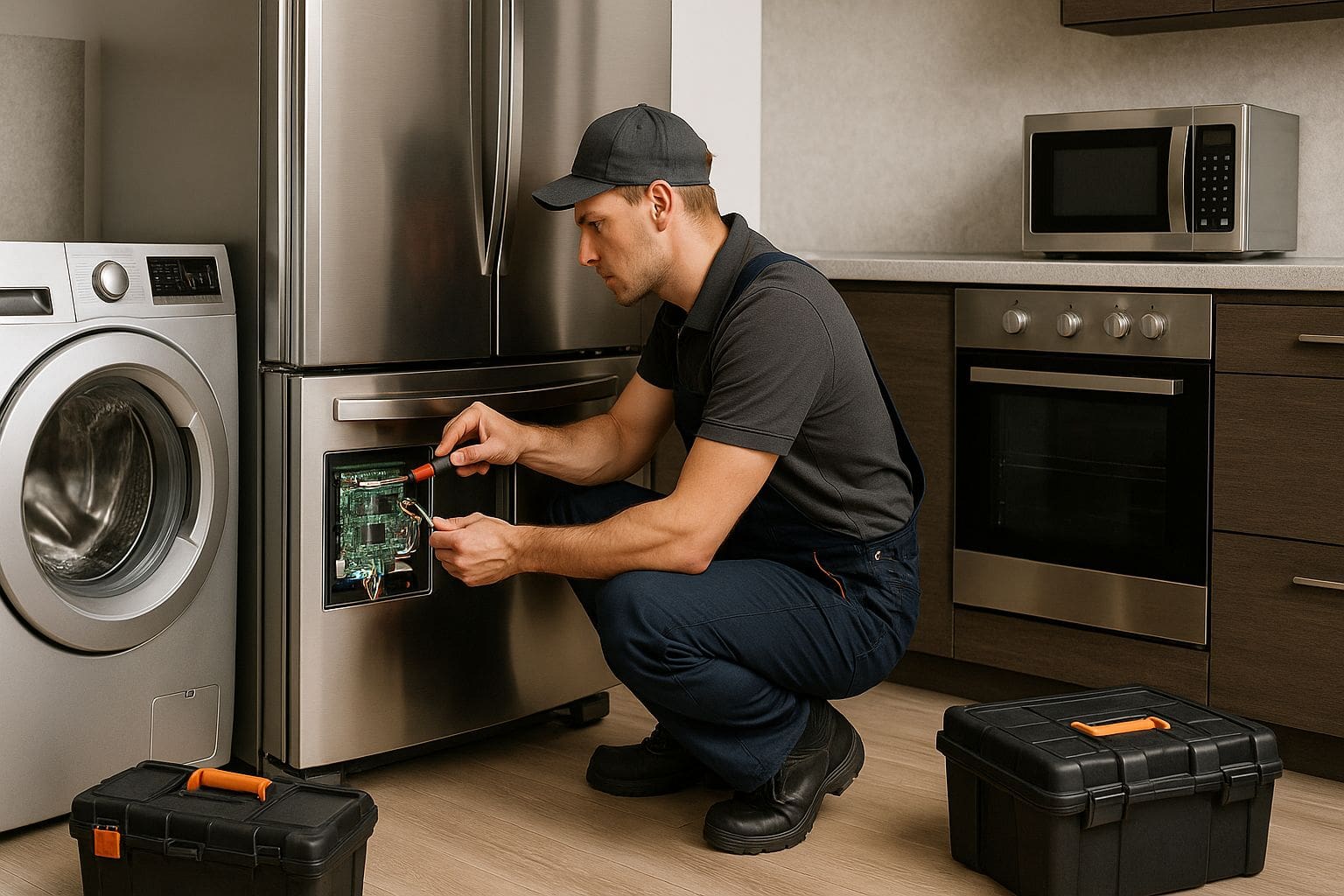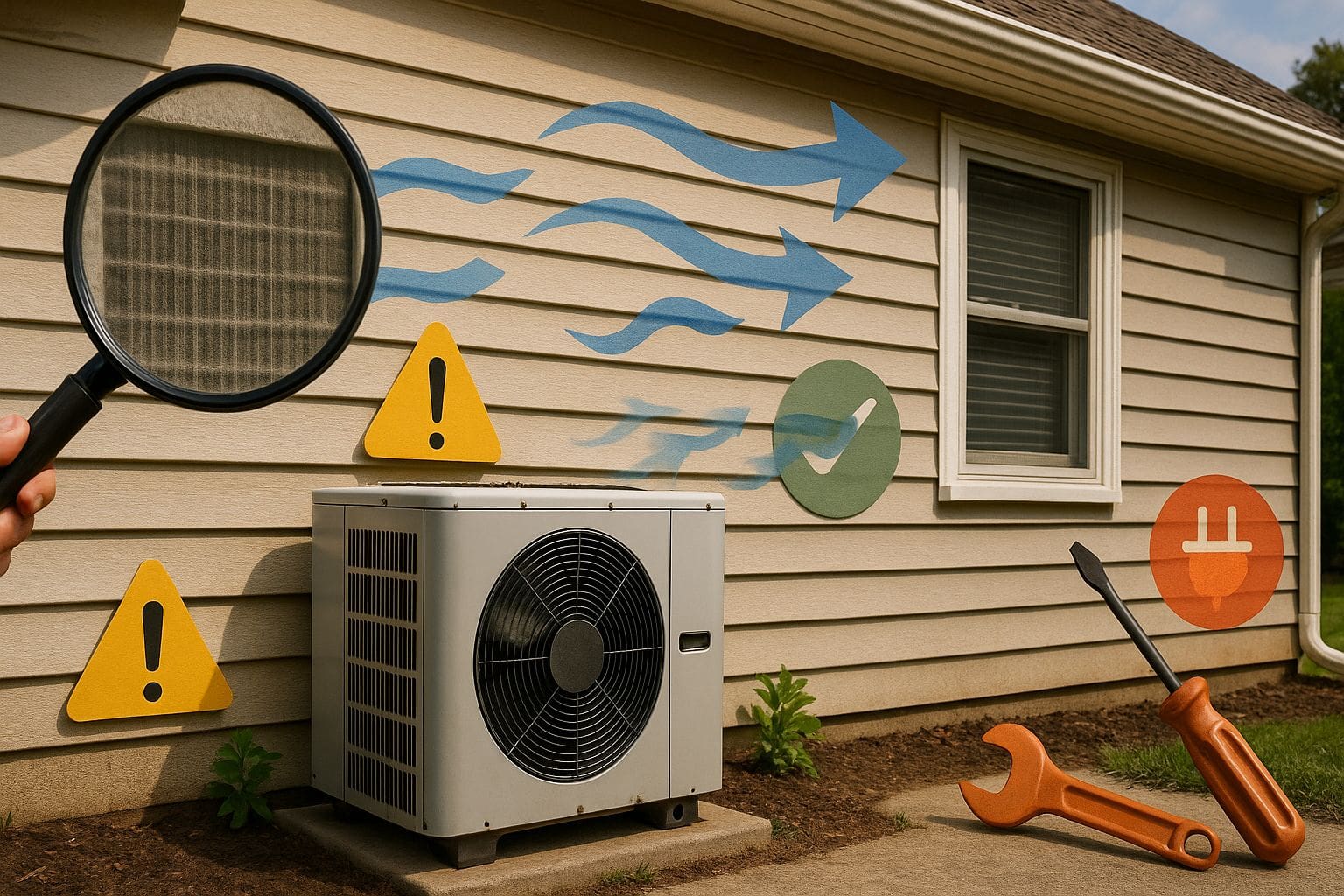Cold calling has been a cornerstone of sales for decades, but is cold calling effective for B2B in 2025? Absolutely. In fact, 82% of buyers say they accept meetings when a salesperson reaches out proactively, and cold calling remains one of the fastest ways to generate high-quality leads.
But here’s the question: how can you make cold calling work smarter, not harder? The answer lies in using technology and adopting customer-first strategies. Today, sales professionals rely on advanced tools, data insights, and hyper-personalization to create meaningful connections that drive results.
Let’s explore the cold calling tips, tools, techniques, and strategies you need to learn in 2025. Get ready to level up your approach and secure better leads with every call.
Why Cold Calling Still Matters
- Building Personal Connections:
While emails and social media messages are great, they lack the immediacy and emotional engagement of a real conversation.
- Targeting Key Decision-Makers:
Cold calling lets you bypass gatekeepers like spam folders or automated responses to speak directly to decision-makers.
- Adapting to the Digital Age:
Cold calling today integrates seamlessly with omnichannel strategies, making it an essential component of broader sales campaigns.
Is Cold Calling Effective for B2B in 2025?
Yes! Here’s why:
- High ROI: Research by RAIN Group found that 82% of buyers accept meetings when approached by sales reps who cold call effectively.
- Improved Prospecting Success: Cold calling paired with tools like LinkedIn outreach can boost success rates by up to 30%.
Understanding Cold Calling in 2025
The cold-calling environment has evolved with innovative tools and changing buyer expectations.
- AI and Automation: Predictive analytics in CRMs like Salesforce prioritizes high-value leads, saving hours of manual effort.
- Sentiment Analysis: Tools like Gong and Chorus analyze tone, sentiment, and pitch to guide reps in real time.
- Buyer Expectations: Prospects now expect personalization and research-backed conversations, where sellers already know their pain points.
How Cold Calling Fits into Omnichannel Sales
Cold calling isn’t a standalone effort in 2025; it’s part of a comprehensive sales funnel.
- Combine calls with emails, LinkedIn messages, and nurture campaigns.
- Use social listening tools like Brandwatch to identify when prospects are talking about your industry.
Challenges and Opportunities
Challenges
- Call Screening: With spam filters and caller ID features like Truecaller, getting through to prospects is tougher.
- Regulations: Laws like GDPR, TCPA, and Do Not Call lists require extra diligence in managing leads.
- Attention Spans: The average buyer gives only 10–30 seconds of attention before deciding to continue a call.
Opportunities
- Hyper-Personalization: Data-enriched insights from tools like LinkedIn Sales Navigator allow for tailored outreach.
- Humanizing the Call: Despite (or due to) the rise of automation, people still value human conversations for decision-making.
- Technology Integration: CRM integrations streamline workflows, ensuring no opportunity is missed.
Essential Cold Calling Tips
Preparation and Research
Great calls start before you dial. Research your prospects thoroughly to ensure your pitch aligns with their needs.
- LinkedIn and Social Media: Identify recent updates like promotions or achievements.
- Trigger Events: Did the company receive funding, launch a new product, or announce a hiring spree? Use this information as an opener.
- Customer Personas: Build profiles to predict pain points, preferred solutions, and industry trends.
Effective Communication Skills
Communication can make or break your cold call. Here’s how to keep it engaging:
- Be Confident: A steady voice and well-paced delivery exude authority and build trust.
- Focus on Storytelling: Share success stories of similar clients to connect emotionally.
- Keep It Conversational: Use open-ended questions to encourage two-way conversation.
Handling Objections Like A Pro
Prospects will raise objections, but these don’t have to end the conversation. Address them effectively:
Common Objections and Responses
“I don’t have time.”
- “I understand. I can keep it brief; do you have 30 seconds to hear how we’ve helped [competitor] solve [problem]?”
- “No problem, when would be a better time to connect? I’ll make sure it’s convenient for you.”
“It’s not in our budget.”
- “Totally get that. Many of our clients initially thought the same but found that our solution saved them money long-term.”
- “I understand budget constraints. If it’s helpful, I can show you how we can deliver value within your existing resources.”
“We’re already working with someone else.”
- “That’s great! Who are you currently working with? Maybe we can complement what they’re doing and fill any gaps.”
- “I respect that. How has their solution been working for you? We might be able to offer additional features or better pricing.”
“Send me some information, and I’ll get back to you.”
- “I’d be happy to send you information. Could I also schedule a quick follow-up to go through it together?”
- “Sure! What specific details are you most interested in so I can send exactly what you need?”
Crafting the Perfect Cold Call Script
Key Components of a Script
- The Opening Hook:
- Personalize the intro: “Hi [Name], I noticed your company recently expanded into [market]. I wanted to share how we’ve helped your businesses scale efficiently.”
- Value Proposition:
- “We specialize in [specific service], which has helped companies like [competitor] reduce costs by [percentage].”
- Engaging Questions:
- “What are the biggest challenges your team is facing with [specific area]?”
- “How are you currently managing [problem]?”
- The Close:
- “Can we schedule a 15-minute call next week to take a closer look into how we can help?”
Optimal Timing for Cold Calls
Timing is everything in cold calling.
The best time to cold call:
- Wednesdays and Thursdays: Studies show these are the most productive days for cold calls.
- 10 AM–11 AM and 2 PM–4 PM: Mid-morning and post-lunch slots have the highest connection rates.
Time Zone Sensitivity
- Use tools like Calendly and World Time Buddy to manage global outreach. Punctuality makes a strong impression.
Leveraging Tools to Enhance Cold Calling
Cold calling can be more effective with the right tools. Let’s explore the best cold call structures and resources for tracking, connecting, and optimizing your outreach efforts.
Top CRM and Dialer Tools
CRM Platforms
These tools keep your leads organized and help automate follow-ups:
- Salesforce: Excellent for managing large databases and automated workflows.
- HubSpot CRM: Free to start, with robust lead tracking and email integration.
- Pipedrive: Simple and user-friendly, perfect for small and growing teams.
- Zoho CRM: Affordable, with AI-driven insights to prioritize leads.
Dialer Tools
Make your calls efficient and track performance with these options:
- Aircall: Easy setup, call tracking, and seamless integration.
- RingCentral: Offers call recording and real-time analytics.
- PhoneBurner: Automates dialing and helps increase call volume.
- Five9: Ideal for scaling teams with call scripting and workforce optimization features.
Data Enrichment Tools
Fill in the gaps in your prospect data to create personalized pitches.
- ZoomInfo: Provides detailed company and contact insights.
- Clearbit: Enriches prospect profiles with data like job titles and social profiles.
- Lusha: Quickly finds verified contact information for leads.
- Lead411: Helps discover decision-makers and delivers email verification.
LinkedIn Sales Navigator
LinkedIn Sales Navigator is a must-have tool for cold calling in 2025. It helps you:
- Track role changes within target companies.
- Follow company updates to stay informed.
- Research industry news for relevant conversations.
- Save leads and accounts for continuous updates.
Call Analytics Tools
Optimize your calls with real-time feedback on your delivery and tone.
- Gong: Records calls and analyzes your tone, pitch, and speed.
- Chorus: Offers conversation insights to improve your approach.
- CallRail: Tracks and reports on calls to analyze effectiveness.
- ExecVision: Focuses on call coaching and performance improvement.
Measuring Success and Continuous Improvement
Key Metrics to Track
- Connection Rates: Percentage of calls that reach decision-makers.
- Conversion Rates: Calls that result in scheduled meetings or closed deals.
- Response Time: Average time to follow up after initial contact.
Continuous Improvement Strategies
- Call Reviews: Regularly review recorded calls to identify areas for improvement.
- A/B Testing: Experiment with different scripts, intros, and closing cold-calling techniques
- to find what resonates.
- Market Feedback: Update your approach based on industry trends and client preferences.
Conclusion: The Future of Cold Calling
With the right mix of personalization, tools, and strategy, you can turn cold calls into meaningful opportunities.
Final Tips
- Research prospects thoroughly.
- Use technology to enhance efficiency and personalization.
- Stay persistent and adaptable.
The phone is your gateway to success; pick it up, start dialing, and watch your sales soar!




